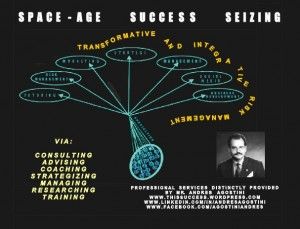Feb 17, 2014
The Future of Scientific Management, Today!
Posted by Andres Agostini in categories: 3D printing, automation, big data, bioprinting, business, chemistry, complex systems, computing, cyborgs, economics, education, engineering, existential risks, finance, futurism, genetics, information science, innovation, law, law enforcement, life extension, physics, posthumanism, robotics/AI, science
LIST OF UPDATES (FEBRUARY 17 THROUGH 21/2014). By Mr. Andres Agostini at The Future of Scientific Management, Today! At http://lnkd.in/bYP2nDC  Wearable glasses help surgeons view cancer cells in real time http://www.kurzweilai.net/wearable-glasses-help-surgeons-vie…-real-time
Wearable glasses help surgeons view cancer cells in real time http://www.kurzweilai.net/wearable-glasses-help-surgeons-vie…-real-time
Miniaturized hearing aids that will fit into the ear canal http://www.kurzweilai.net/miniaturized-hearing-aids-that-wil…-ear-canal
DHS, Purdue Develop Social Media Analysis Tool to Monitor Crime http://www.executivegov.com/2014/02/dhs-purdue-develop-socia…1msiI.dpuf
The Global Search for Education: What Israel Did http://www.huffingtonpost.com/c-m-rubin/the-global-search-for-edu_b_4797810.html
Continue reading “The Future of Scientific Management, Today!” »








